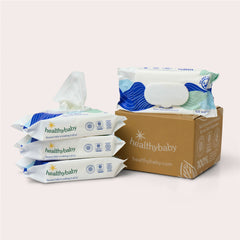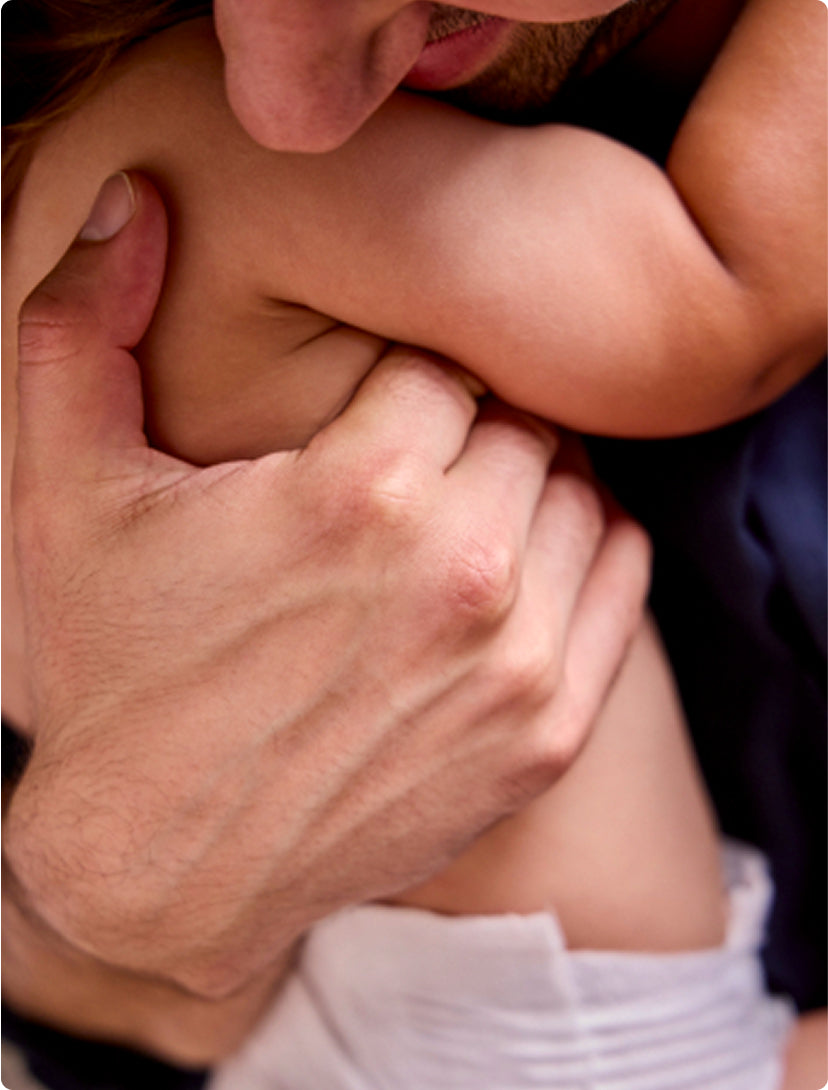Development isn’t a race. It’s a flow.
Every child—and parent—is figuring it out at their own pace.
Instead of milestones, we encourage you to focus on this amazing moment.
Your child’s brain makes more than one million neural connections per second in these first three years. Simple, consistent interactions with them today can have profound, lifelong benefits.
Here’s how little one’s brain is developing this month, and how you can support their progress.
Developmental Highlight
Little one has strong feelings, but limited ways to share them. Tantrums are a dramatic expression of their emerging independence and attempts to understand time and limits. Just as they once navigated object permanence, which we explored in month 9, little one now faces the challenge of imagining time.
You may have noticed tantrums flare during time-sensitive daily transitions, like leaving the house and bedtime. These transitions are challenging, because they require executive function skills—visualization, working memory, inhibitory control, and attention—that little one’s still working on. As a result, transitions can make them anxious, resistant, and frustrated. (Many adults struggle with transitions, too!)
The good news: The frustration of tantrums drives the development of language. So you don’t want to suppress or punish little one’s frustration. You want to be patient and channel it into a deeper connection.
Brain-Building Activities
Co-Regulation, Not Punishment
Routine: Anytime
Instead of thinking of tantrums as something to dread or punish, treat them like any other developmental highlight. Every parent—and little one—will eventually be part of Tantrum Club. And the first rule of Tantrum Club is: we talk about Tantrum Club.
-
When little one has a tantrum, calmly offer a hug or other physical contact. If they don’t want to be touched, sit nearby and simply remain present. Keeping your emotions regulated helps them calm down faster.
-
Honor little one’s feelings. For example, “I know you’re frustrated because you can’t have that toy. It’s hard to want something you can’t have.” Offer comfort and support without giving in to the demand or attempting to solve the issue.
-
Avoid labeling any emotion as “bad.” Instead, focus on unacceptable behaviors. For example, “I know you feel angry. That’s normal. We all get angry sometimes. But it’s never okay to throw a dangerous toy when we’re angry. If you need to, you can stomp your feet, but we cannot throw things.”
-
Handling tantrums in public is challenging. If you can, move little one to a private space to recover. Whether or not you find privacy, staying calm is key.
-
Once things are calm, praise little one’s ability to recover.
Labeling Feelings
Routine: Anytime
Talking about feelings helps little one connect emotions to behaviors. Although the gap between their receptive and expressive language causes frustration, it also drives developmental progress. Learning to experience and recover from tough emotions builds resilience.
-
Label little one’s feelings as they arise to help them recognize and if needed, tame their emotions. “You’re excited! Nana just got here, and you’re excited to see her!”
-
Relate to little one’s feelings from your own perspective. “I know it’s frustrating when you have to stop playing.”
-
Encourage empathy by talking about how others feel. “That little boy looks sad, because he’s crying.”
You’ve Got This
If you find yourself mortified or frustrated by little one’s tantrums—especially when they happen in front of others—take a moment to recognize that your feelings are coming from a deep need to be a good parent. There’s no shame in that.
Take a breath. Focus on getting through this little storm. Know that you’re supported.
You’ve got this.










